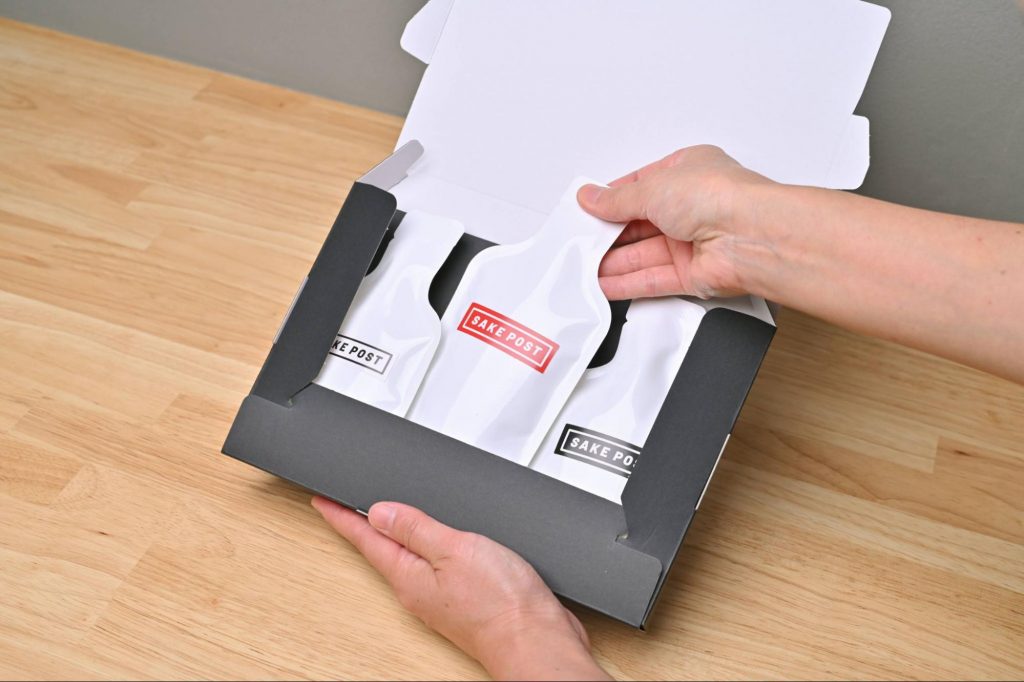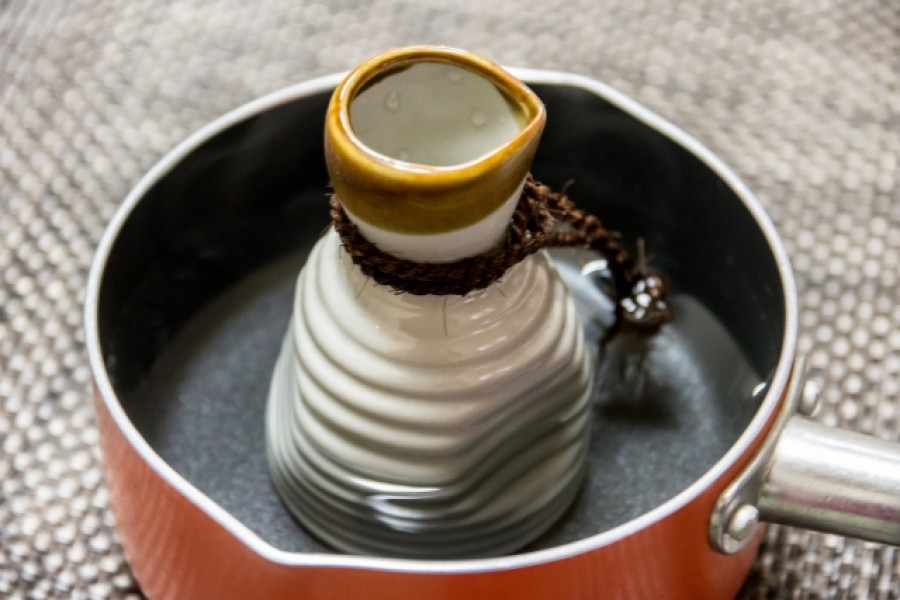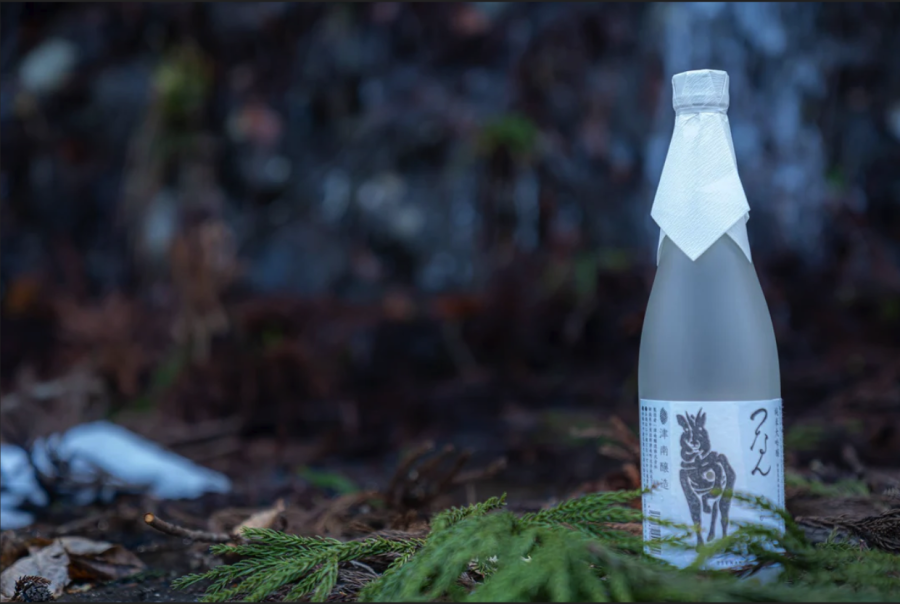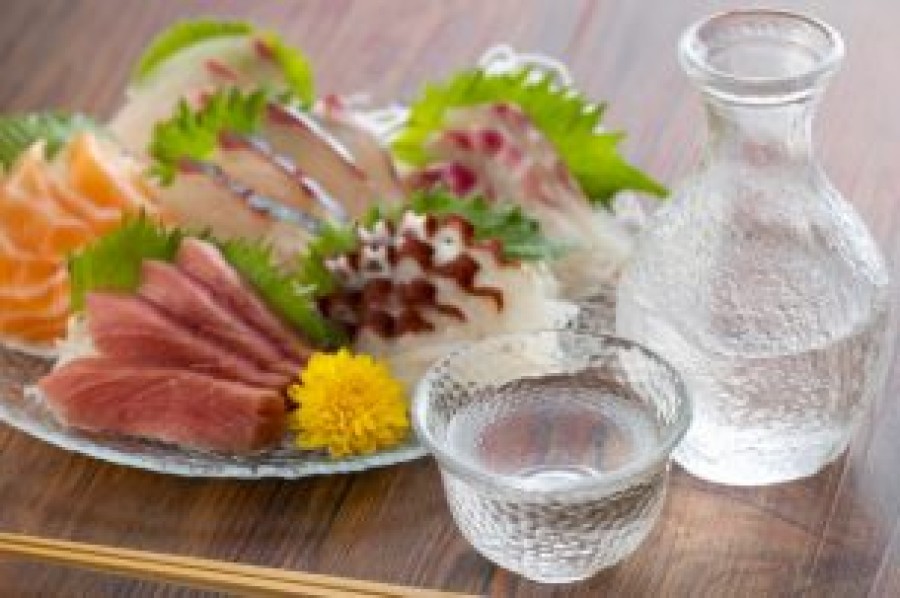Just when winter in Japan is gradually warming up towards the end of the year, the nights are still often cold.
It is still going to be a good season for hot or lukewarm sake.
But how hot or lukewarm should it be? Many people are not quite sure how hot or lukewarm they need to be.
In this article, we introduce the best temperatures for hot and lukewarm sake and how to make them. We hope you'll all try making your own heated sake using this article as a guide!
目次
- Sake, called by different names depending on the temperature.
- How to make delicious hot and lukewarm wine
- Sake recommended for hot and lukewarm heating
- Easy to make lukewarm water, SAKEPOST
advertisement
Sake, called by different names depending on the temperature.

Sake is called different names depending on the temperature. Hot, lukewarm and cold sake are well-known, but there are actually many other names.
NameTemperatureHinata-kan 30-35°CHitohadakan 35-40°CLukewarm 40-45°CJokan 45-50°CHot-kan 50-55°CFast-kan 55°C or higher.
How to make delicious hot and lukewarm wine

So how should these heated drinks be made? There are many ways to do just that, but the best way is to boil the sake in boiling water. Boiling in hot water gives the sake a softer flavour, while preserving the flavour of the sake!
[How to boil water in boiling water].
First, boil water in a pot. As soon as the water boils, turn off the heat and put the sake bottle into the pot. Pull it up after about three minutes for hot sake and two and a half minutes for lukewarm sake, as it warms up.
Generally, a cooking thermometer is used to measure the temperature, but if you do not have one, touch the bottom of the tokkuri. If you touch the bottom of the bottle and it feels a little hot, the temperature is 45-50°C. It should be about the same temperature as the top of the bottle.
[How to make warm water in a microwave oven].
If you want to enjoy heated sake more easily, there is a way to make heated sake in a microwave oven. A single sake bottle can be warmed in about 50 seconds for lukewarm sake and about 60 seconds for hot sake (in a 500W microwave oven). It's an easy way to warm sake.
However, due to the structure of a microwave oven, the temperature will be uneven. Therefore, after removing the sake from the microwave, try stirring the sake with a muddler. You can enjoy heated sake with an even temperature.
Sake recommended for hot and lukewarm heating

Sake suitable for heating is junmai or honjozo sake.
Junmai sake, made from rice and rice malt only, has a gorgeous aroma and a mild taste when warmed. Honjozo sake, which is characterised by its dry taste, should be heated. Warming will give it more sharpness and a clean, refreshing taste.
Another interesting aspect of sake is that its taste changes from when it is drunk at room temperature. Please try and feel for yourself the different flavours that change with different temperatures.
Easy to make lukewarm water, SAKEPOST

We told you how to warm sake with boiling water or in the microwave, but there is actually an easier way to make lukewarm sake in a mug.
That is how to warm up using SAKEPOST, a monthly delivery of three 100 ml x 3 types of sake. Fill the mug with boiling water, immediately add the SAKEPOST and wait for about one minute. If it feels warm to the touch, transfer it to a bowl and you're good to go; it should be easily lukewarm.

SAKEPOST, where you can come across three different types of sake every month, or 36 different types of sake a year. If you are interested, check out the details at this URL.
● Sales page for Japan ( https://sakepost.jp )
● 日本以外の国への販売ページ(https://japan-sakepost.com/fs1)
--------------------------------------------------
運営元
株式会社FARM8
advertisement






